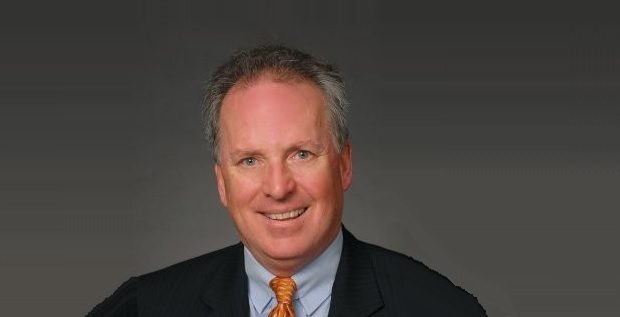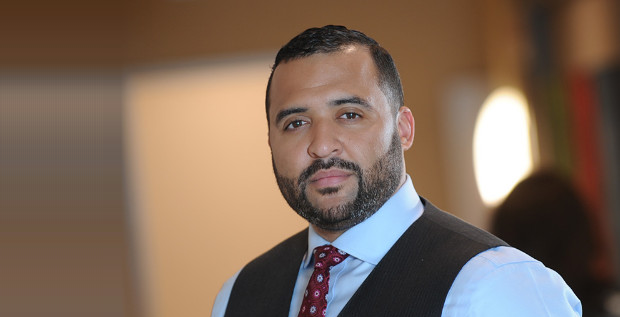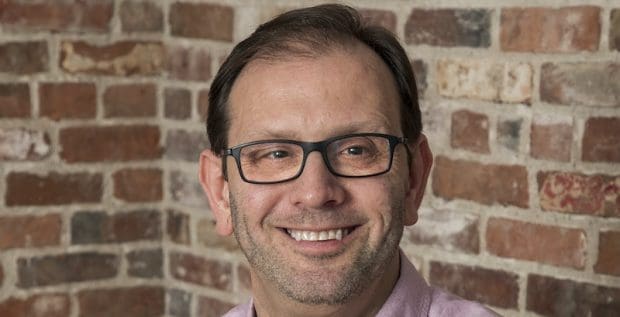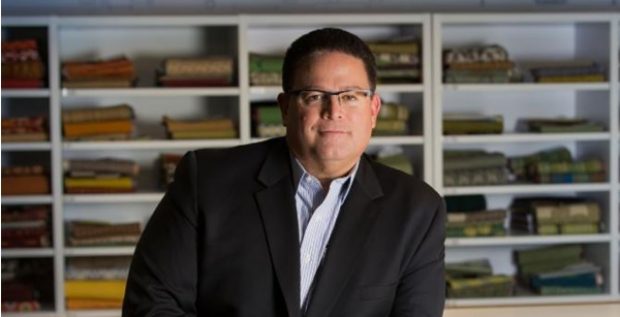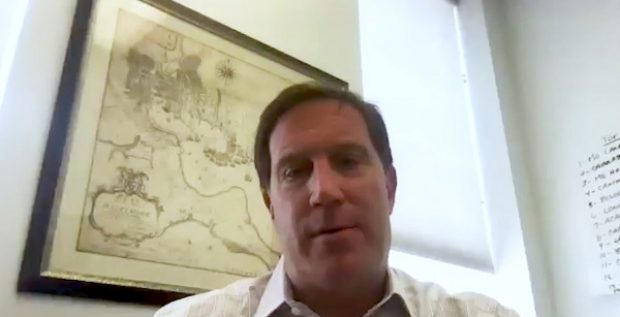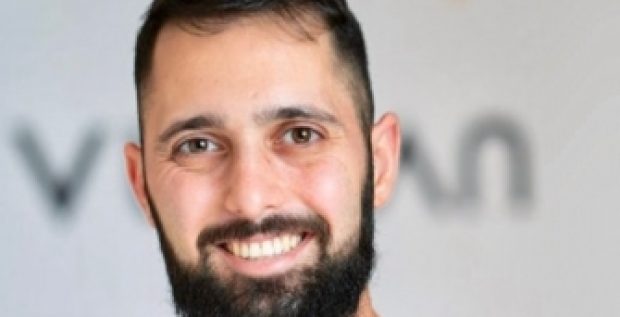Jay Silverstein is the CEO of Picwell, a healthcare startup dedicated simplifying employees’ healthcare choices. Based in Philadelphia, PA, Picwell uses predictive, statistical algorithms that analyze nearly a million variables and are tailored to individual consumers’ lifestyles to deliver highly personalized, scored healthcare plan choices. The system improves incrementally with each new Picwell user, adding value and additional savings for consumers over time. Jay’s career in healthcare goes back to 1985; prior to working on Picwell, he held leadership roles at UnitedHealthcare, Medco, and Oxford Health Plans.
Jay spoke with Reid Blynn of Newmark Grubb Knight Frank for this interview.
REID BLYNN: Tell us all about Picwell. How does it work, and what inspired you to innovate in the healthcare market?
JAY SILVERSTEIN: Picwell fundamentally helps people pick the ideal health plan. It’s kind of neat to be in a business where when you run an elevator—and there’s this famous thing about businesses and elevator speeches and having to reduce it down—and all I have to do is look up and people say, “What do you do?” I say, “Well, we get people to the right plan.” Usually people just look me in the eye and say, “Where were you when I needed you?” In fact, there was a recent study done by Bankrate that pointed out that 75% of the people would prefer to do their own taxes than pick a health plan. So, at the end of the day, people just can’t do the math. They don’t know how to do the math, and if you want to create efficiency in the world or in the healthcare world, you want to create a dynamic marketplace, you have to give the consumer a fighting chance to be able to get to the ideal plan. So, that’s where Picwell came from.
The reality of this is it was built and designed by economists—famous economists from Penn, from Berkeley, from MIT, from Wharton—that were sitting in challenging students continually and looking at doing academic studies and challenging students to actually come up with the problem and say, “Why don’t we fix this problem?” So Picwell was born.
Here’s how it works: what we do is we take very, very few data points from a consumer. We don’t believe in models that ask surveys and lots of questions, and ask lots of questions, and the reason is that people tend to have fatigue or they tend to lie when answering those questions. Picwell was built with the idea of big data and machine learning. All the fanciest and latest and most advanced technologies that are deployed in Google and in other environments today with regard to decision support, are now brought to the fingertips of a consumer.
Q. Can you explain how that technology operates?
A. So, when a consumer answers just a few questions, it goes into this massive repository of information. It’s a proprietary model that we use that we call a clustering forest, a very advanced data science model, and essentially what the clustering forest does is take an individual’s information and it reaches up the tree to the furthest limb and to the furthest leaf of that tree, and that leaf is the cluster—that’s the people “like you” cluster—which is then run against all of the predicted utilizations. It creates the predicted utilization of service against all the benefits available to you and all the benefit choices. It also contemplates your lifestyle and your attitude and some of the other choices you may give them. So, when Picwell gives you a report or an answer, what it’s providing you with is a Picwell score, an addition—what’s called the real cost, which is the real unfiltered cost for what those services are going to cost you—premium plus your medical expenditures and that is actually very, very unique. The consumer has never had these two things to work with before when making a decision, and we have proof that it works.
Q. What have the results been so far?
A. In the past year, over a million people used the product, and in the course of doing it, the average Medicare beneficiary spent 20% less time on the phone making a choice. That’s significant. In addition, the average Medicare beneficiary saved over $1000 on a MAPD selection and over $200, if just buying a drug plan. Now, those numbers are important. But Picwell isn’t just about the savings, because the ideal plan is not necessarily the cheapest plan. But the idea of savings is also important because it’s not premium that gets saved, but it’s what we call “out of pocket exposure.” Out of pocket exposure is the issue that we’re trying to attack and confirm. That’s what creates an efficient and dynamic marketplace, and as I mentioned, it’s not just in the active world, if you will, or it’s not just in the Medicare world, but it’s actually in every employer. Even when there are only two or three choices, employees can’t make a choice.
In a study we did with a very large employer out west, where there were only two plan choices available. It was roughly one paycheck a year on average that the employee was losing as a result of making a bad choice. The HR department has done all this work to select the plans, to pick the right plans that could be offered across the universe and there’s no tool that then aligns the individual to the right plan within that universe. So, imagine as an employer being able to give your employees a one-paycheck-a-year raise. All you have to do is put Picwell in play against the decisions that you’ve already made.
Q. What has your business strategy consisted of so far?
A. We’ve built our business around large aggregators if you will. We attacked the market a little differently. We went at the market with the idea of going after, building an industrial strength product and working with those who were really deeply imbedded in the healthcare system.
So, we launched with Aon and we launched within their group retiree business. That was 700,000 lives and 5000 agents. We expanded from there across their active book of business. Now we’re rolling out with Cigna across their active book of business.
Q. What’s next?
A. In the course of the next year, we’ll be rolling out with many blue [shields] plans across the country, as well as make private exchanges and things of that sort. We are not a direct-to-consumer play even though the end beneficiary, if you will, of our product is a consumer. We like to think of the model that we’ve developed as one of Pareto optimal. In fact, our mascot is Vilfredo as in Vilfredo Pareto. I guess that’s what happens when you have economists as some of your founders, but the idea of the win-win scenario whereby a carrier can win and a consumer can win; whereby an employer can win and a consumer can win; whereby a broker can win and a consumer can win; but one constant is always there: the consumer wins.








